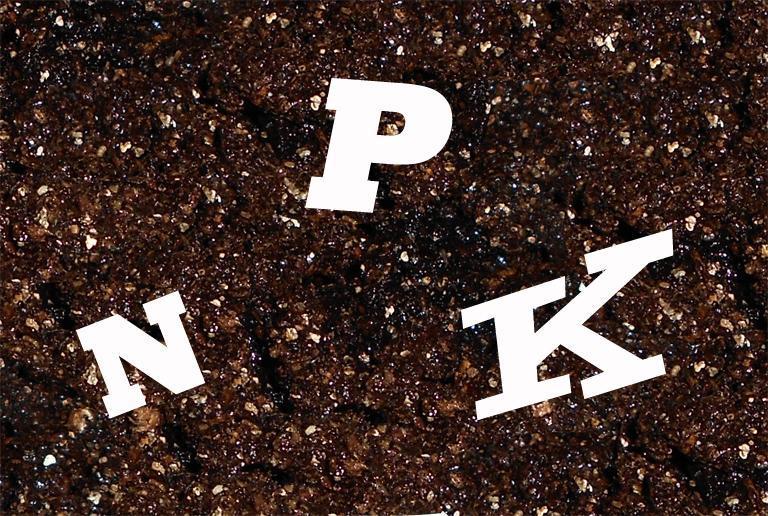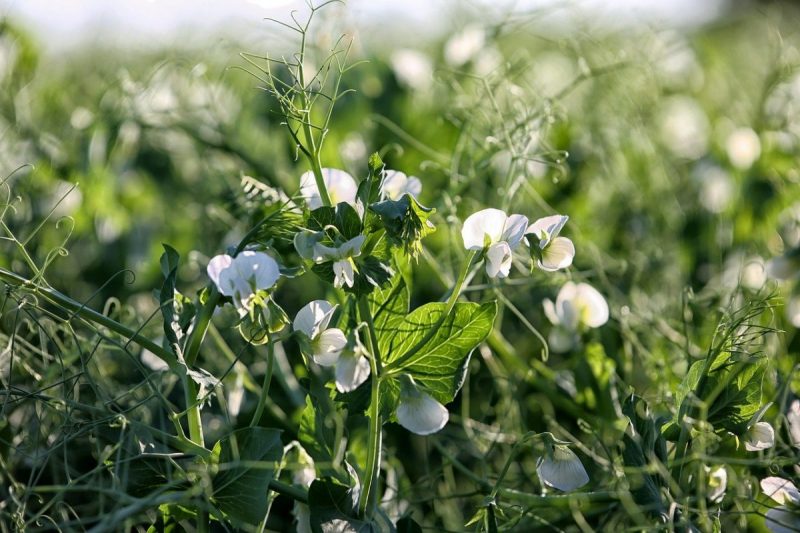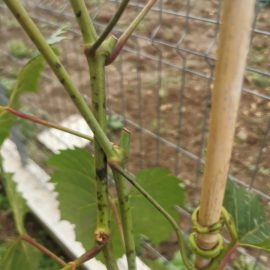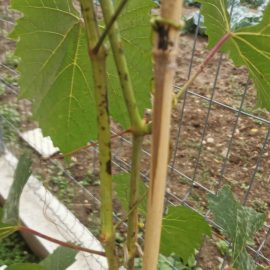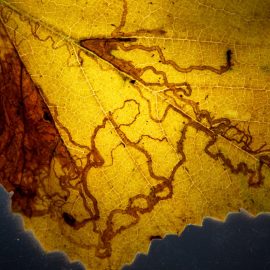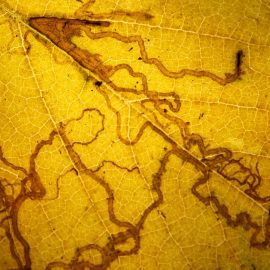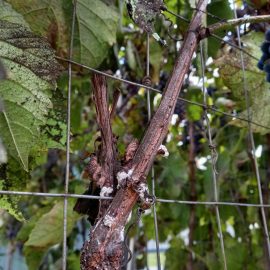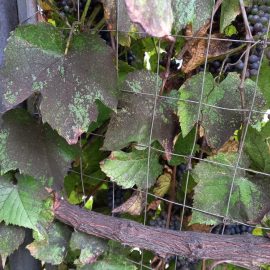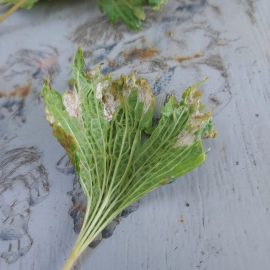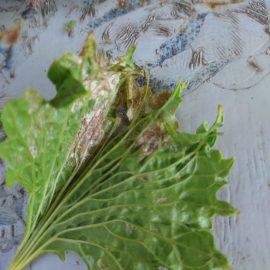Vineyard – Fertilization and Irrigation

Fertilization plays an essential role in vineyards, as the grapevine is a crop that remains on the same land for a long time, thus causing a severe degradation of the soil (by compacting it, as a result of the works with agricultural machinery), and a depletion of nutrients.
A balanced, rational fertilization has as a basic principle the provision of nutrients in a sufficient quantity, both to restore the health of the soil and to ensure the quantities consumed by the plants, without having a negative effect on the end products (wine, must, grapes) or on the environment. Thus, it is important to know the level of soil’s nutrient supply (through agrochemical analysis of the soil, foliar diagnosis, monitoring any deficiency phenomena, etc.), as well as the nutrient consumption, depending on the variety and production purpose.
Also, the consumption of nutrients is correlated with the phenophases of growth. A high consumption is registered in the period after the grapes are first formed and until the beginning of the grapes maturation, approximately in June-August, the maximum consumption of microelements being registered in the dough ripeness.
Fertilization is carried out using organic or chemical fertilizers. The establishment of the necessary quantities will be made for each plot, based on soil analysis, foliar diagnosis, grape production in the last 3 years, as well as the planned harvest. Foliar diagnosis as well as soil analysis are performed in agrochemical laboratories by specialists.
Fertilization with organic fertilizers
Manure. The application of manure is usually done every 3-4 years. It partially ensures the annual consumption of nitrogen, phosphorus and potassium, and, therefore, it is recommended to supplement with chemical fertilization, especially with phosphorus and potassium. It is carried out in early spring or autumn, either manually or using a manure spreader, later being incorporated into the soil.
Green fertilizers. They are annual leguminous plants or grasses, which are grown between rows and are incorporated into the furrow. An important aspect of these plants is that they must consume few nutrients, but, at the same time, generate enough green mass, rich in nutrients, especially nitrogen. Plants that meet such requirements are: fodder / edible peas, lupine, broad beans, soybeans, etc.
The resulting vegetable mass is cut and chopped on the spot (when more than half of the legumes have bloomed), remaining as mulch on the ground, which is later incorporated into the soil, through the related works.
Recommended products
-
You can find products on a different store
Change Store -
You can find products on a different store
Change Store -
You can find products on a different store
Change Store -
You can find products on a different store
Change Store -
You can find products on a different store
Change Store -
You can find products on a different store
Change Store -
You can find products on a different store
Change Store -
You can find products on a different store
Change Store -
You can find products on a different store
Change Store -
You can find products on a different store
Change Store -
You can find products on a different store
Change Store -
You can find products on a different store
Change Store -
You can find products on a different store
Change Store -
You can find products on a different store
Change Store -
You can find products on a different store
Change Store -
You can find products on a different store
Change Store -
You can find products on a different store
Change Store -
You can find products on a different store
Change Store -
You can find products on a different store
Change Store -
You can find products on a different store
Change Store -
You can find products on a different store
Change Store -
You can find products on a different store
Change Store -
You can find products on a different store
Change Store -
You can find products on a different store
Change Store
Pomace compost. It is a product resulting from the processing of grapes and contains bunches, must residues, seeds, peels. Pomace is used frequently after being composted for 4-5 months.
Composed vine canes. As fertilizer, to enrich the soil, you can use the canes resulting from dry trimming, previously composted. At the same time, you can use the shoots that are removed when weeding or the tops of shoots, resulting from the top removal works, being an important source of humus.
Chemical fertilization
Specific chemical fertilizers are applied, and the doses are established according to the soil analysis, as well as other factors: the variety and rootstock used, the specific consumption, the water regime, the expected harvest.
Recommended products
-
You can find products on a different store
Change Store -
You can find products on a different store
Change Store -
You can find products on a different store
Change Store -
You can find products on a different store
Change Store -
You can find products on a different store
Change Store -
You can find products on a different store
Change Store -
You can find products on a different store
Change Store -
You can find products on a different store
Change Store -
You can find products on a different store
Change Store -
You can find products on a different store
Change Store -
You can find products on a different store
Change Store -
You can find products on a different store
Change Store -
You can find products on a different store
Change Store -
You can find products on a different store
Change Store -
You can find products on a different store
Change Store -
You can find products on a different store
Change Store -
You can find products on a different store
Change Store -
You can find products on a different store
Change Store -
You can find products on a different store
Change Store -
You can find products on a different store
Change Store -
You can find products on a different store
Change Store -
You can find products on a different store
Change Store -
You can find products on a different store
Change Store -
You can find products on a different store
Change Store
Foliar application of fertilizers. In addition to fertilizing with products that are applied directly on the soil, to correct deficiencies, specific fertilizers are also used, which are applied by foliar spraying.
Recommended products
-
You can find products on a different store
Change Store -
You can find products on a different store
Change Store -
You can find products on a different store
Change Store -
You can find products on a different store
Change Store -
You can find products on a different store
Change Store -
You can find products on a different store
Change Store -
You can find products on a different store
Change Store -
You can find products on a different store
Change Store -
You can find products on a different store
Change Store -
You can find products on a different store
Change Store -
You can find products on a different store
Change Store -
You can find products on a different store
Change Store -
You can find products on a different store
Change Store -
You can find products on a different store
Change Store -
You can find products on a different store
Change Store -
You can find products on a different store
Change Store -
You can find products on a different store
Change Store -
You can find products on a different store
Change Store -
You can find products on a different store
Change Store -
You can find products on a different store
Change Store -
You can find products on a different store
Change Store -
You can find products on a different store
Change Store -
You can find products on a different store
Change Store -
You can find products on a different store
Change Store
Application of amendments. In areas where soils have a pronounced acidity (pH below 5.5) calcareous amendments will be applied in order to reduce it.
Recommended products
-
You can find products on a different store
Change Store -
You can find products on a different store
Change Store -
You can find products on a different store
Change Store -
You can find products on a different store
Change Store -
You can find products on a different store
Change Store -
You can find products on a different store
Change Store -
You can find products on a different store
Change Store -
You can find products on a different store
Change Store -
You can find products on a different store
Change Store -
You can find products on a different store
Change Store -
You can find products on a different store
Change Store -
You can find products on a different store
Change Store -
You can find products on a different store
Change Store -
You can find products on a different store
Change Store -
You can find products on a different store
Change Store -
You can find products on a different store
Change Store -
You can find products on a different store
Change Store -
You can find products on a different store
Change Store -
You can find products on a different store
Change Store -
You can find products on a different store
Change Store -
You can find products on a different store
Change Store -
You can find products on a different store
Change Store -
You can find products on a different store
Change Store -
You can find products on a different store
Change Store
The products presented are indicative, as the doses, the choice of fertilizers and the method of application will be set in accordance with the criteria presented above, respectively, the level of soil supply, its fertility, variety requirements, expected harvest, etc.
Irrigation of grapevine
As the vine has a strong root system, which explores a large volume of the soil, it also has a good resistance to drought. However, in dry areas, the grapevine responds well to irrigation. As a guide, it is recommended to use the irrigation rules, respectively the total volume of water, which is applied during a vegetative growth period, is between 1 000 and 2 500 m³ / ha. This volume is applied by watering 2-4 times, in July-August, during a watering using 400-800 m³ / ha.
The purpose of watering is to ensure an adequate humidity, at a depth of 0.8-1 m, where most of the roots are located, as well as the nutrients, facilitating their absorption.
The critical phenophases, in which a larger volume of water is required are:
- The phenophase of the shoots’ intense growth;
- The phenophase of grapes growth.
Additionally:
- irrigation stops in the phenophase of entering in the dough ripeness, but can be resumed, for another 2-3 weeks, in years with prolonged drought, on sandy soils.














































































































































































































































































































































































































































